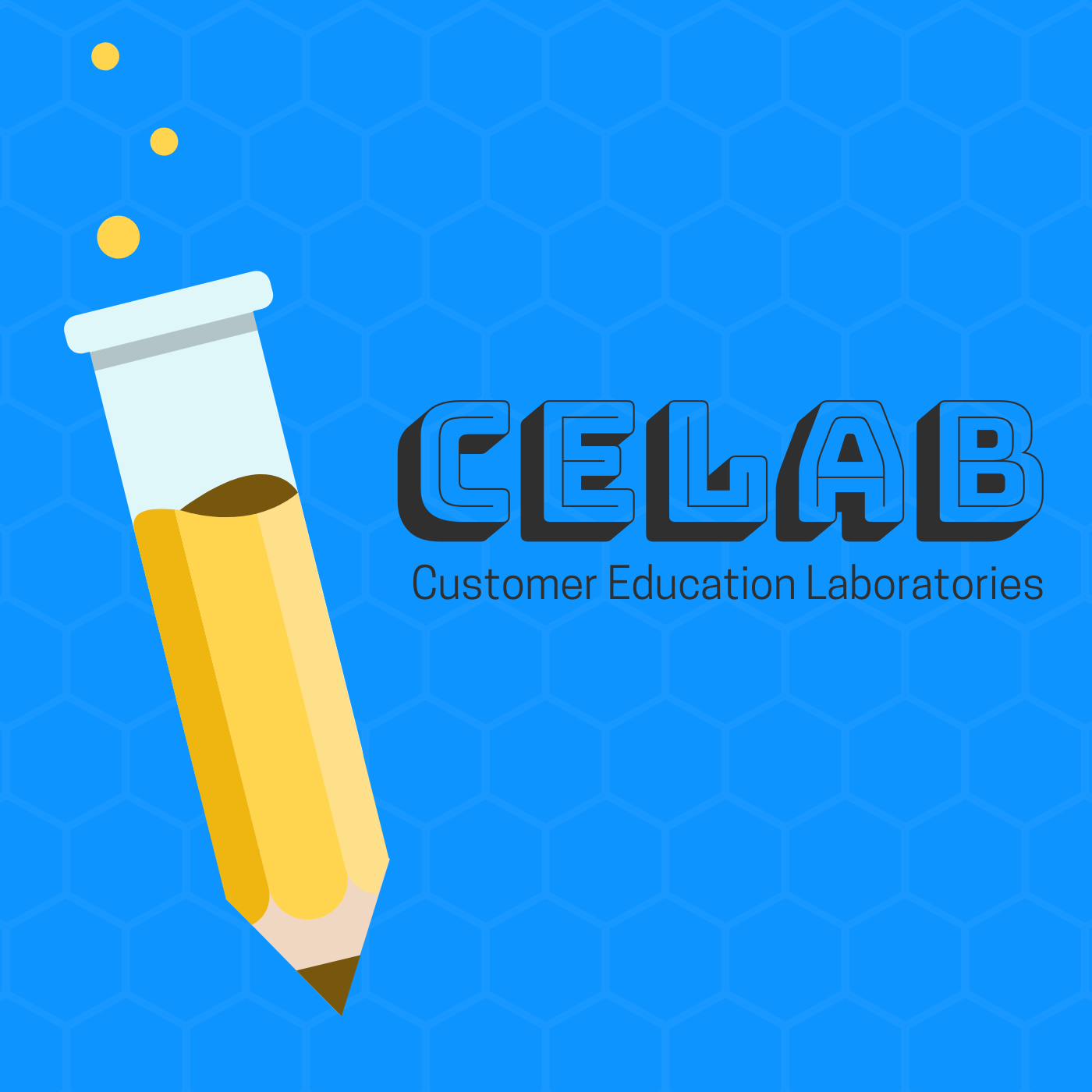
Welcome back to Instructional Design 101, where we’ll ask whether Customer Educators need to care about Bloom’s Taxonomy. What’s that, you ask? Bloom’s Taxonomy, created in 1956 by educational psychologist Benjamin Bloom, is used by many K-12 educators and instructional designers to categorize learning objectives by what the learner is expected to know or do.The taxonomy has been revised since its original creation, but today it categorizes whether learners will be expected to do things like:
These skills often build upon one another, and require different levels of evaluation and assessment. As Customer Education instructional designers, we can use Bloom’s Taxonomy to take a learner-centric approach to our materials, instead of a content-centric approach. Too often, we jam-pack our courses and articles with “nice-to-know” instead of “need-to-know” information, or ramble on about features instead of focusing on how the customer will actually use them — and give them opportunities to practice.In this episode, Adam argues that Bloom’s Taxonomy still has a place in Customer Education, and it helps us focus our materials on driving relevant outcomes for learners. Listen to the full episode to find out more about how it can be used, as well as potential challenges!
Missed our first Instructional Design 101 episode on the Kirkpatrick Model? Check out Episode 21!

Photo by Martin Adams on Unsplash We’ve covered Instructional Design 101 topics on CELab before, but what about more advanced techniques? Once you’ve covered...

Customer Education is, as Dave Derington says, “Both new and not new”. We review the book, “Customer Education” by Claudia Gaillard Meer and take...

When companies start their first customer academies and education programs, they’re often filled with boring and irrelevant material that doesn’t resonate with customers, and...